Stop Your Saddle Pad From Slipping
How To Keep Your Saddle Pad In Place

As equestrians, we've all experienced the frustration of a slipping saddle pad once we noticed it slipping backwards in the middle of a joyful ride. Besides being a total frustration, a slipping saddle pad can be a sign of more serious problems and compromise the well-being of a horse. But why does a saddle pad slip under the saddle and how can you stop this from happening on your next ride? In this blog, the Equestroom Team answers these questions to help you keep your unique saddle pads in place. Let's dive in!

1. Improper Saddle Fit: One of the primary culprits behind saddle pad slippage is an ill-fitting saddle. If there is a gap between your horse's muscles and the saddle, the pad tends to slide backwards with each muscle movement around the ribs. If your saddle is not custom fitted to your horse, the slipping saddle pad won't be a surprise. To avoid it, ensure that your saddle is professionally fitted to your horse's spine, withers, ribs, and muscles in the area. A well-fitted saddle creates a stable base for your saddle pad.

2. Inadequate Girth Adjustment: A loose or improperly adjusted girth can contribute to saddle pad movement during your ride. Take the time to check and adjust your girth properly. Tighten it gradually, using a step-by-step approach rather than all at once. This allows your horse to adjust to the pressure and minimizes discomfort. Tighten the girth 2-3 times, allowing your horse to adapt in between, before mounting.

3. Consider Weight Loss: If your horse has recently lost weight, their body shape may have changed, leading to saddle pad slippage. Monitor your horse's weight and consult with a veterinarian if necessary. Addressing any weight loss or body condition changes can help maintain a more secure fit for both your saddle and saddle pad.

4. Assess Saddle Pad Thickness: The thickness of your saddle pad plays a crucial role in preventing slippage. If your current pad is too thin, it may not provide adequate cushioning or grip leaving lots of space under the saddle that will eventually cause the pad to slip backwards. Consider switching to a thicker pad that offers better stability and shock absorption. Make sure it fits properly between your horse's back and the saddle and still allows wither comfort.

5. Evaluate Saddle Pad Material: The material of your saddle pad can impact its grip and prevent slippage. Opt for saddle pads made from non-slip materials that enhance friction and grip against your horse's back. These materials can help keep the pad in place during rides.

6. Additional Non-Slip Measures: If your saddle pad still keeps slipping backwards while you ride even after checking all of the points above, consider getting non-slip pads or half pads as a solution. These thin, specialized pads offer extra grip and stability between your saddle and the saddle pad, minimizing movement and keeping your saddle and saddle pad in place. However, these may affect the saddle fitting and cause discomfort in some cases so make sure they fit properly as well.

Remember, your horse's comfort and performance depend on a stable saddle and a comfortable saddle pad, so take the necessary steps to prevent your tack from slipping and ride with confidence!




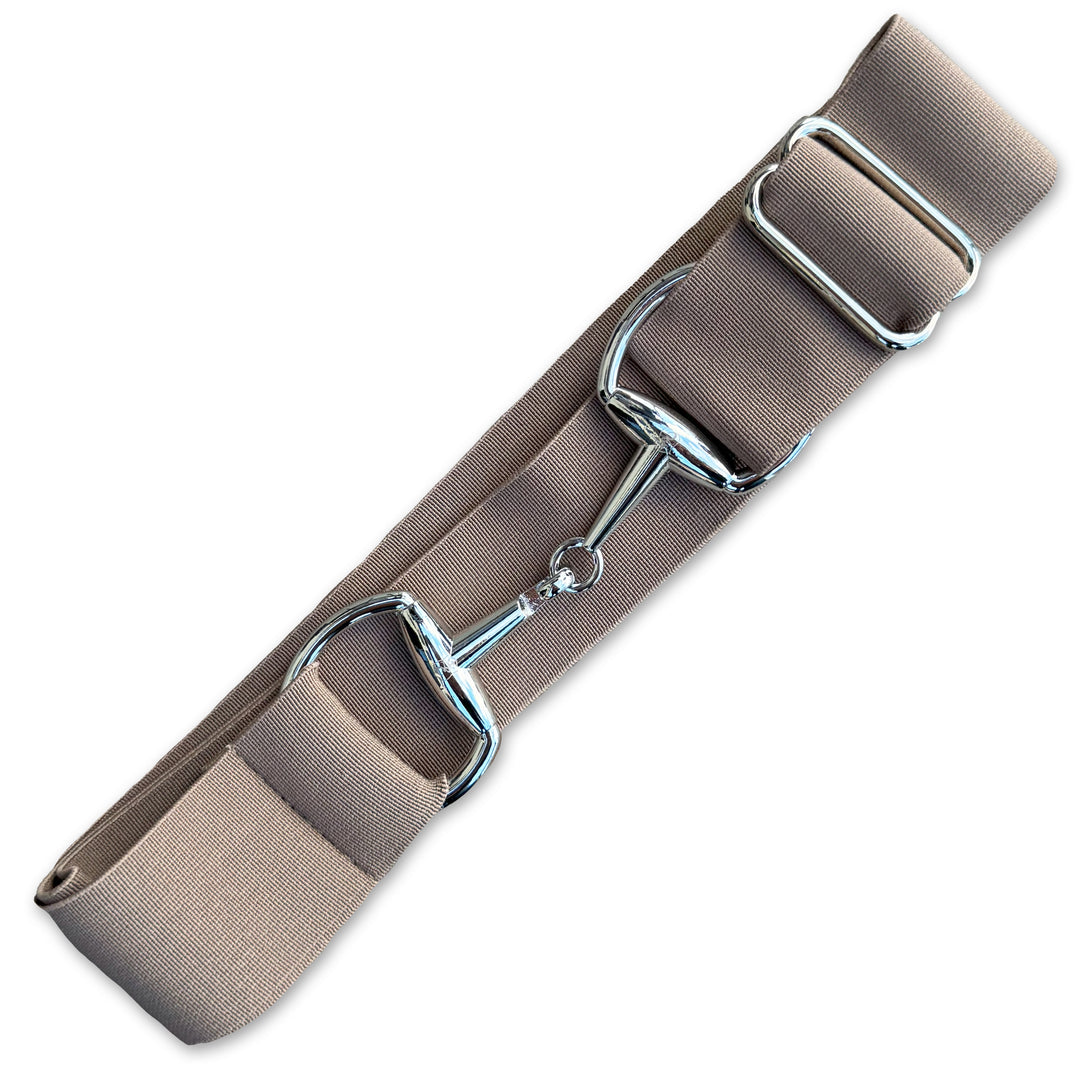
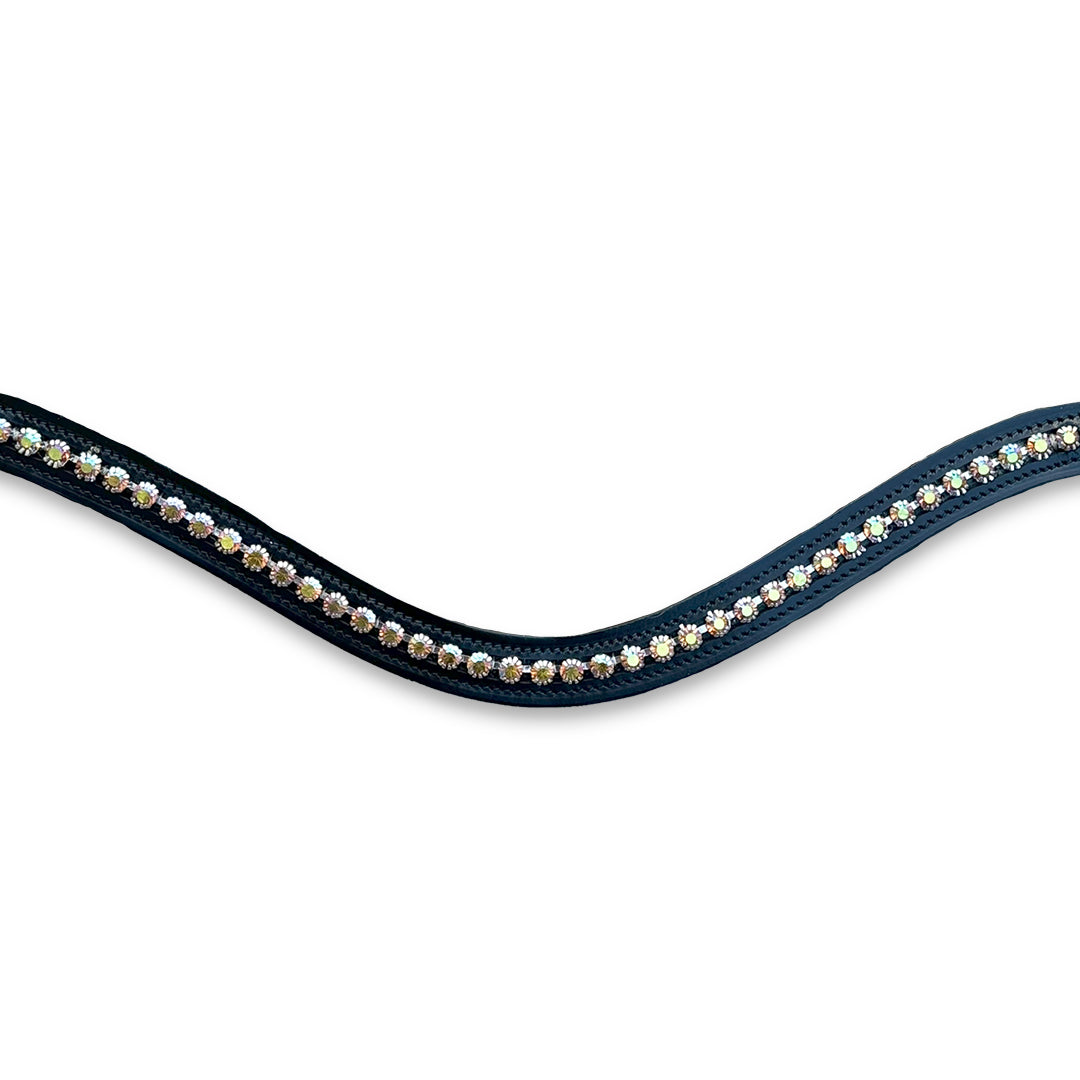
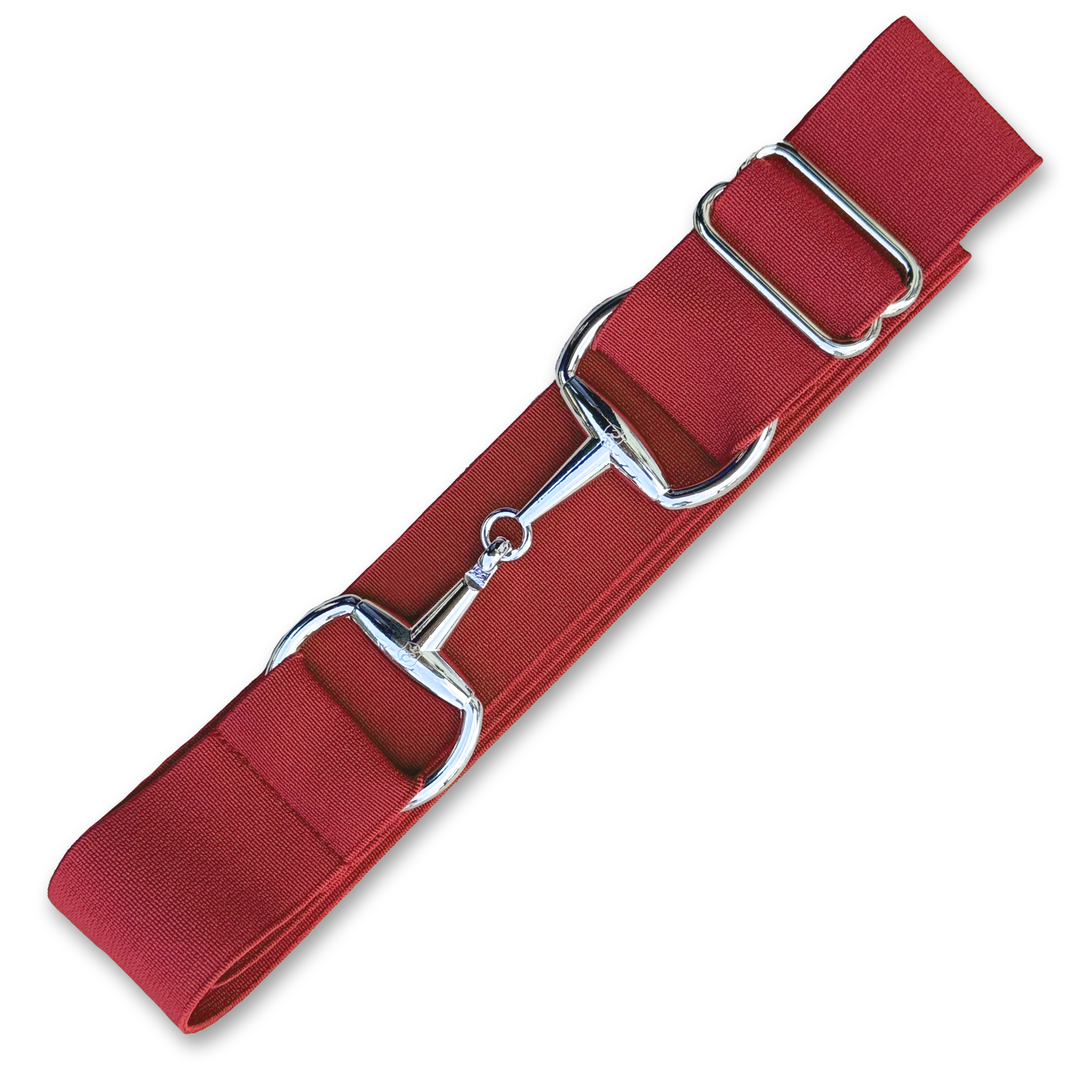
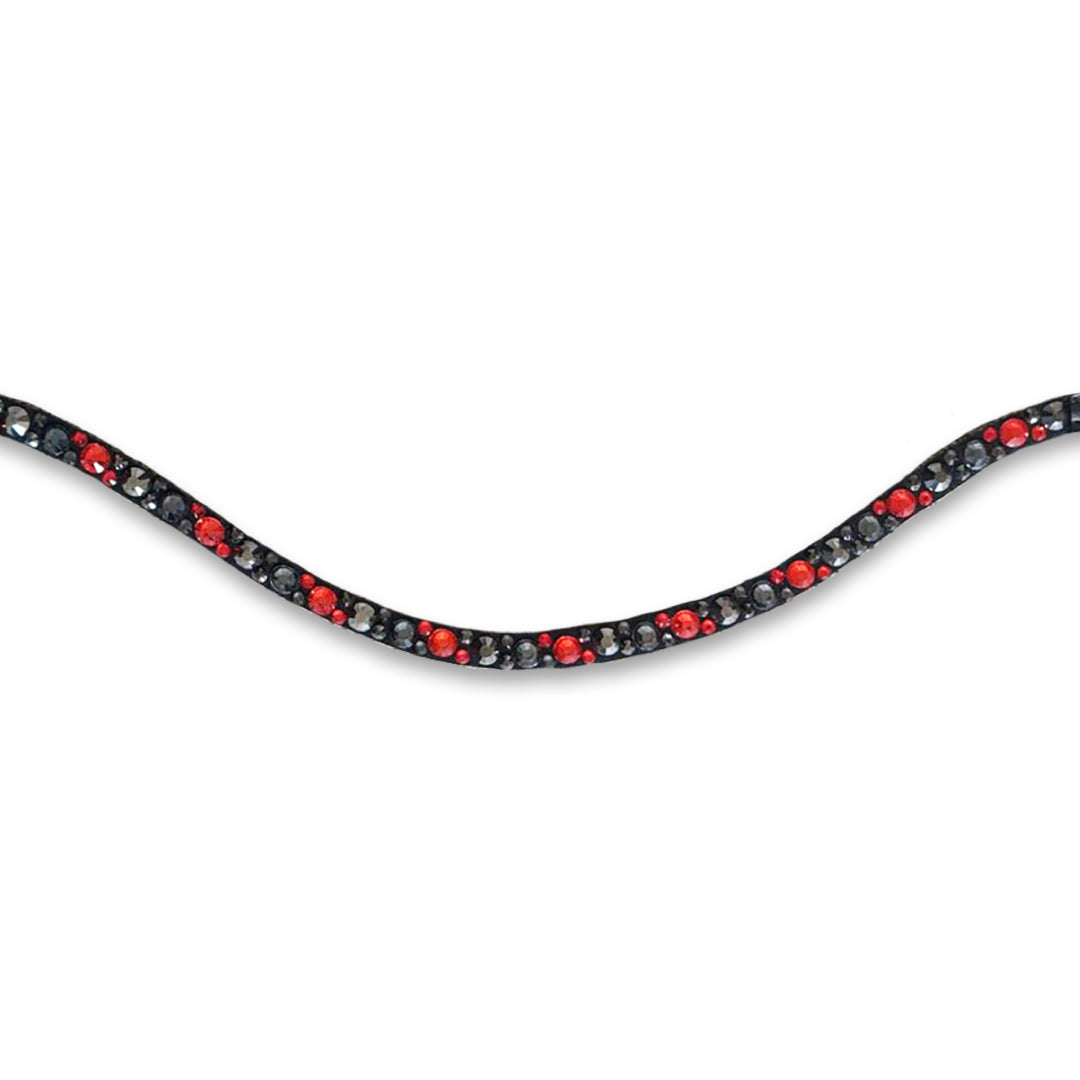
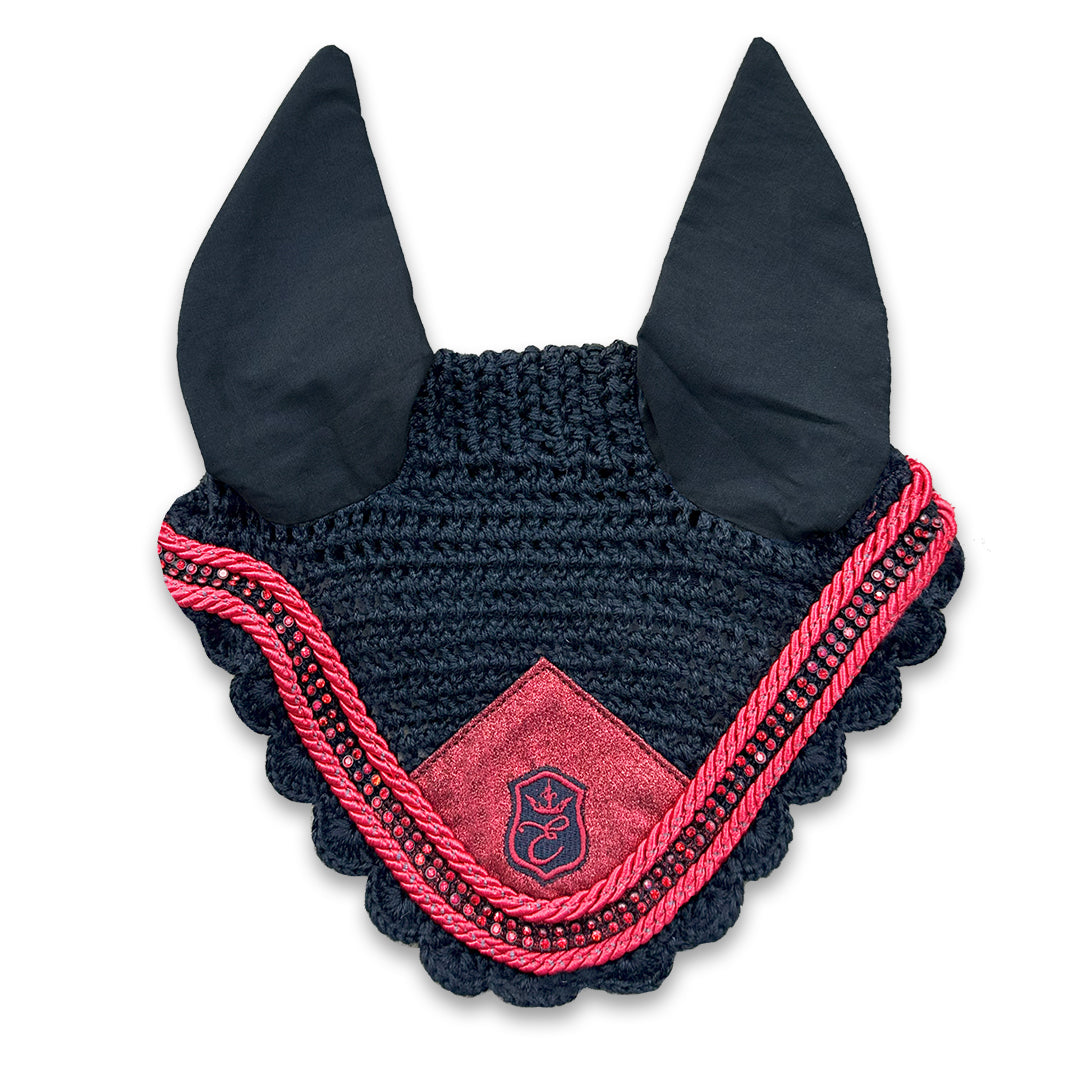
Leave a comment